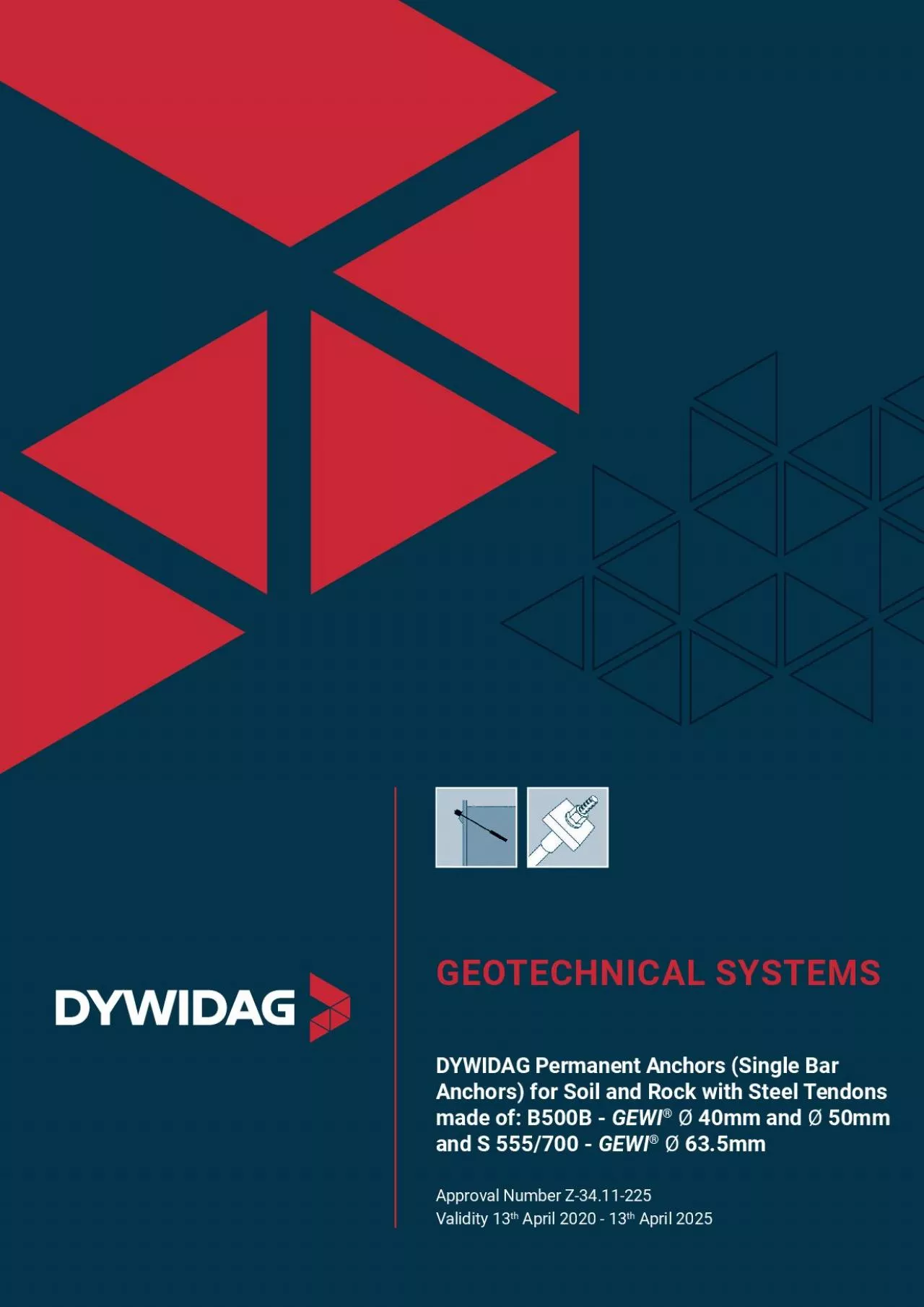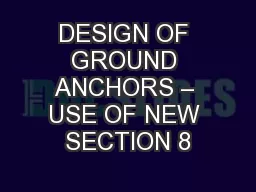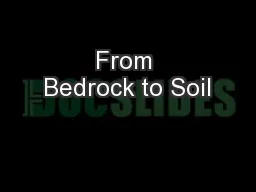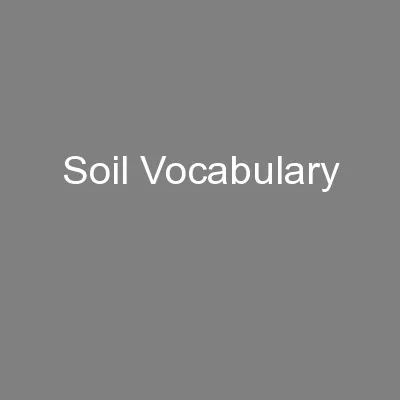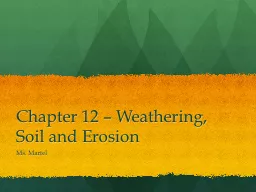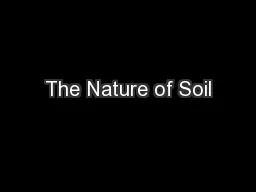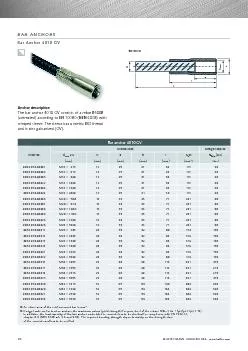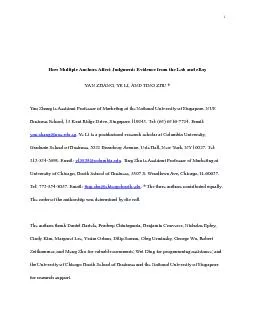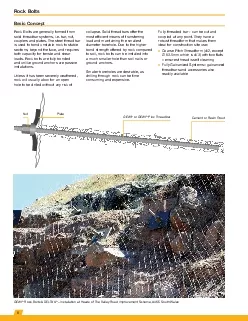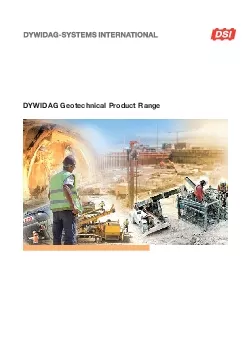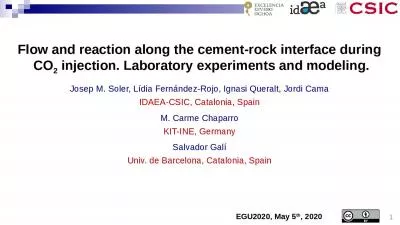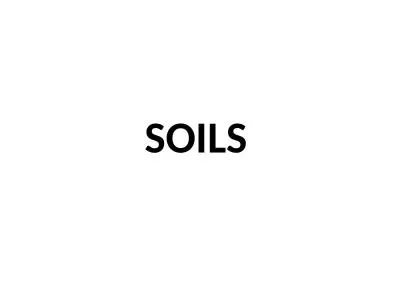PDF-DYWIDAG Permanent Anchors Single Bar Anchors for Soil and Rock with St
Author : roy | Published Date : 2021-09-10
Deutsches Institut fr Bautechnik DIBtGeneral Construction Supervisory Authority ApprovalNo Z3411225from April 13 2020Z42932013411120Deutsches Institut fr Bautechnik
Presentation Embed Code
Download Presentation
Download Presentation The PPT/PDF document "DYWIDAG Permanent Anchors Single Bar Anc..." is the property of its rightful owner. Permission is granted to download and print the materials on this website for personal, non-commercial use only, and to display it on your personal computer provided you do not modify the materials and that you retain all copyright notices contained in the materials. By downloading content from our website, you accept the terms of this agreement.
DYWIDAG Permanent Anchors Single Bar Anchors for Soil and Rock with St: Transcript
Download Rules Of Document
"DYWIDAG Permanent Anchors Single Bar Anchors for Soil and Rock with St"The content belongs to its owner. You may download and print it for personal use, without modification, and keep all copyright notices. By downloading, you agree to these terms.
Related Documents

